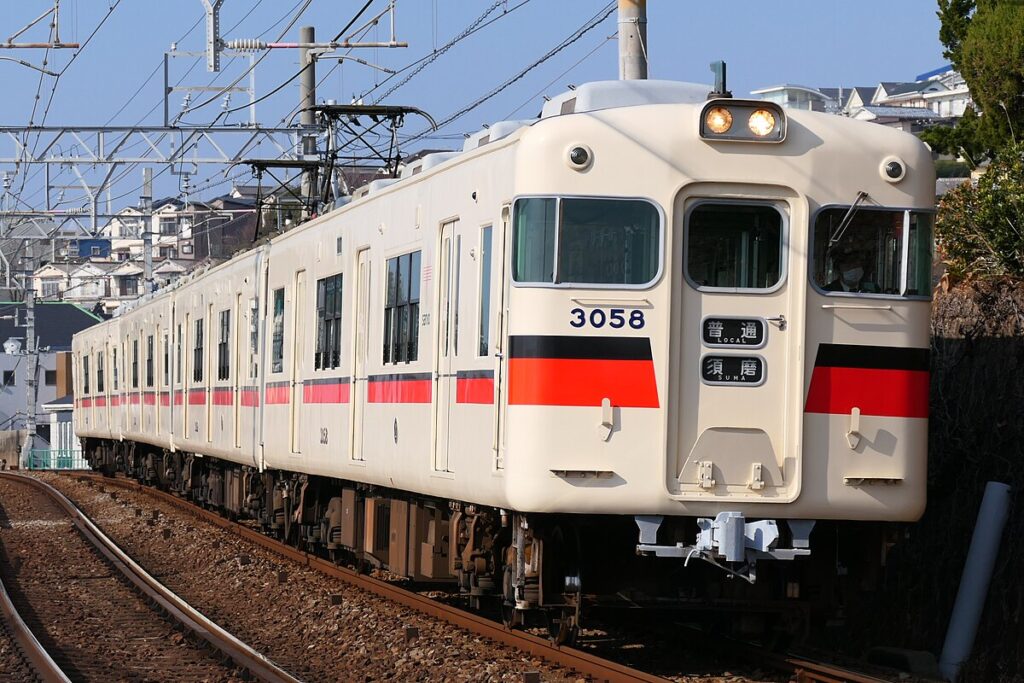Tourist attractions--archive--
-

Omori Shell Mound (Ota Ward, Tokyo)
Overview (History, Features, and Attractions) The Omori Shell Mound is a Jomon period shell mound site located in the Omori area of Ota Ward, Tokyo. It is famous for being the beginning of modern archaeology in Japan, when American zoologist Edward S. Morse conducted an excavation there in 1877 (Meiji 10). Shells, animal bones, and pottery fragments have accumulated... -

Chichibu Festival Hall (Chichibu City, Saitama Prefecture)
Chichibu Festival Hall (Chichibu City, Saitama Prefecture) Overview (History, Features, and Attractions) The Chichibu Festival Hall is a facility showcasing the festival culture of the Chichibu region, including the Chichibu Night Festival (Chichibu Shrine's annual festival), through permanent exhibits. The Chichibu Night Festival is a town festival with a long history, featuring spectacular floats, fireworks, and music... -

Kitano Workshop Town (Chuo Ward, Kobe City, Hyogo Prefecture)
Kitano Kobo no Machi (Chuo Ward, Kobe City, Hyogo Prefecture) — Overview (History, Features, and Attractions) Kitano Kobo no Machi is a manufacturing and tourism complex created using a former school building in the Kitano area of Kobe. While retaining the retro school building atmosphere, it offers a wide range of shops, including local traditional crafts, grocery stores, souvenir shops, cafes, and workshops with hands-on experience... -

Shikanoshima Island (Higashi Ward, Fukuoka City, Fukuoka Prefecture)
Overview (History, Features, and Attractions) Shikanoshima is a small island in Higashi Ward, Fukuoka City, located on the north side of Hakata Bay. It has flourished as a key point for maritime traffic since ancient times, and is particularly famous for the discovery of the "King of Na" gold seal (commonly known as the "King of Na" gold seal). -

Senbonmatsu Ranch (Nasushiobara City, Tochigi Prefecture)
Overview (History, Features, and Attractions) Senbonmatsu Ranch is a comprehensive leisure-type tourist ranch located in Nasu-Shiobara City, Tochigi Prefecture. Developed between the Meiji and Showa periods to promote dairy farming, it now boasts extensive pastureland, dairy farming experiences, snack shops, horseback riding, and a campground. -

Kurume Castle (Kurume City, Fukuoka Prefecture)
Overview (History, Features, and Attractions) Kurume Castle (Kurume Castle Ruins) is the remains of a castle located in the center of Kurume City, Fukuoka Prefecture. During the Edo period, it was developed as the administrative center of the Kurume Domain. After the Meiji Restoration, much of the castle was demolished, but the castle ruins are now preserved and maintained as a park, with stone walls and earthworks still visible. -

Japan Folk Crafts Museum (Meguro-ku, Tokyo)
Overview (History, Features, and Appeal) The Japan Folk Crafts Museum is a specialized museum dedicated to showcasing the beauty and value of "mingei," or folk art, the everyday items and crafts that emerged from the everyday lives of ordinary people. Based on the folk art movement advocated by Yanagi Soetsu, the museum is dedicated to the preservation, collection, and promotion of folk art... -

Sumaura Park (Suma Ward, Kobe City, Hyogo Prefecture)
Overview (History, Features, and Attractions) Sumaura Park is a scenic spot in Suma Ward, Kobe City, Hyogo Prefecture, where the sea and mountains meet. The park takes advantage of the coastline facing the Seto Inland Sea and the natural beauty of the hills that stretch out behind it, allowing visitors to enjoy the scenery of "Suma," which has been sung about in songs since ancient times. Within the park... -

Kobe Nankinmachi (Chuo Ward, Kobe City, Hyogo Prefecture)
Overview (History, Features, and Attractions) Kobe Nankinmachi is a Chinatown located in Chuo Ward, Kobe City, Hyogo Prefecture. It is one of Japan's most representative Chinatowns, alongside those in Yokohama and Nagasaki. Since the opening of Kobe Port in 1868 (early Meiji era), it has been formed as a gathering place for traders and residents from China, and today it is home to a variety of restaurants and... -

Mount Hayachine (Hanamaki City, Iwate Prefecture)
Overview (History, Features, and Attractions) Mount Hayachine is a mountain that straddles the cities of Hanamaki and Tono in Iwate Prefecture, with an elevation of approximately 1,917 meters. It is one of the most prominent peaks in the Kitakami Mountains and has long been the subject of mountain worship. It is deeply connected to the legends and festivals associated with mountain worship, including the Hayachine Kagura dance...


